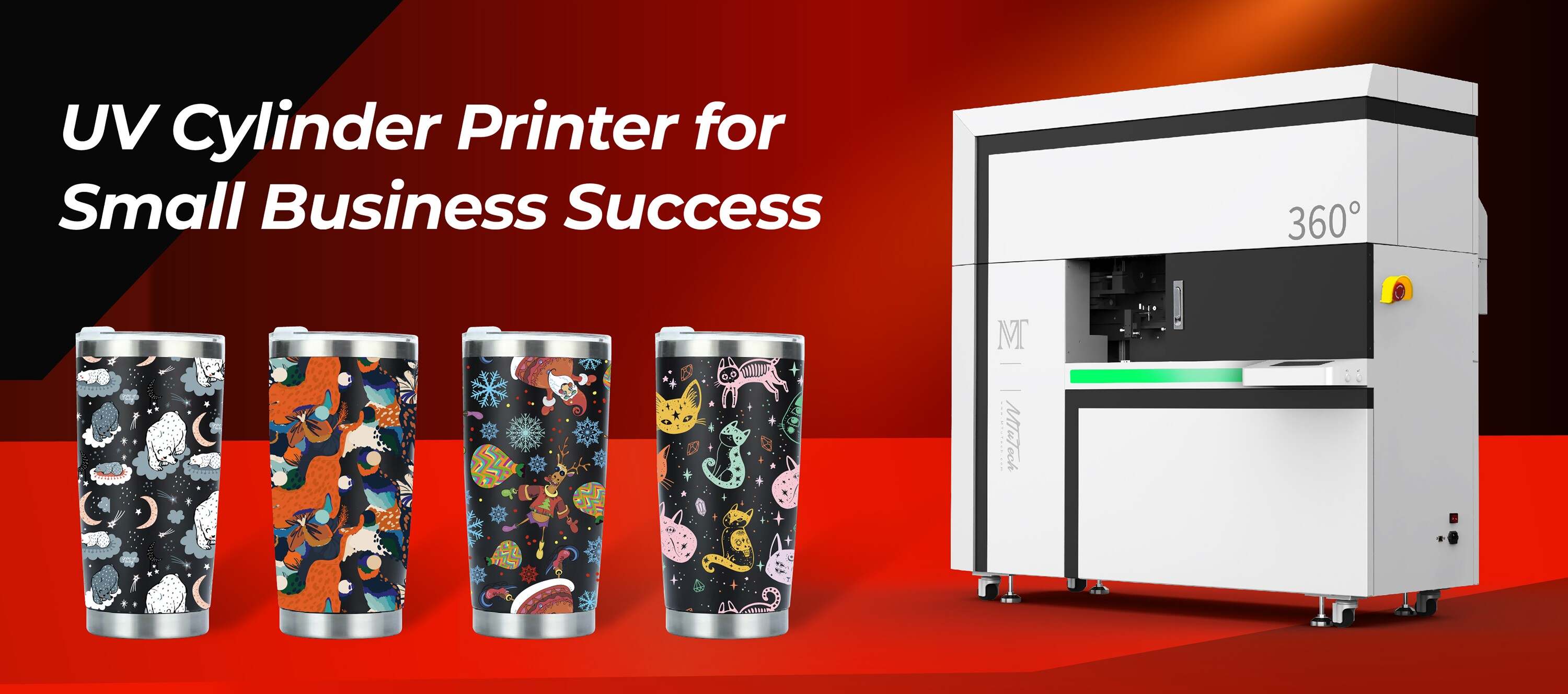Best Practices for Calibrating Rotary Cylindrical Printers
Introduction
In the world of printing technologies, rotary cylindrical printers have carved a niche for themselves, especially in the production of customized designs on cylindrical objects like bottles and cans. However, ensuring consistent quality and precision in printing requires meticulous calibration of these printers. In this blog, we will explore the best practices for calibrating rotary cylindrical printers to achieve optimal performance, ensuring that your printing projects are executed flawlessly.
Understanding Rotary Cylindrical Printers
Rotary cylindrical printers are specialized devices designed to print on cylindrical surfaces. They utilize a rotating mechanism to ensure that ink is applied uniformly around the object. This technology allows for vibrant color reproduction and intricate designs that are essential for modern packaging and branding. However, improper calibration can lead to misalignment, color inconsistencies, and poor print quality.
Importance of Calibration
Calibration is crucial in maintaining the accuracy and quality of prints. Here are some reasons why it should be taken seriously:
·
Quality Control: Calibration ensures that the colors, patterns, and specifications meet the desired standards, minimizing wastage and reprints.
·
·
Consistency: Regular calibration helps maintain uniformity across multiple prints, making it crucial for large production runs where each item should appear identical.
·
·
Longevity: Keeping equipment properly calibrated can reduce wear and tear, extending the lifespan of the printer.
·
Best Practices for Calibration
The following best practices will help you calibrate your rotary cylindrical printer effectively:
1. Regular Maintenance
Before diving into the calibration process, ensure that your printer is well-maintained. This includes cleaning the print head, checking for any clogs, and ensuring that all mechanical parts are functioning properly.
2. Use Quality Supplies
The quality of ink and substrates can greatly affect calibration. Always use top-quality inks and materials that are compatible with your printer. Subpar supplies can lead to smudges, inconsistent color, and reduced adhesion.
3. Measure and Adjust the Print Head Height
The distance between the print head and the surface of the object is critical. Follow these steps:
·
Use a caliper or gauge to measure the current height.
·
·
Adjust it according to the material's thickness, taking care not to place it too close or too far.
·
·
Perform a test print to see if further adjustments are required.
·
4. Calibrating Colors
Color calibration is essential, especially when dealing with brand colors. The following steps will help you achieve accurate color representation:
·
Utilize color profiles specific to your ink and substrate.
·
·
Print color chips and match them against a color reference guide.
·
·
Adjust the color settings in the printer’s software based on the results.
·
5. Alignment Calibration
Alignment is vital for ensuring that designs are printed in the correct position on the cylindrical surface. To ensure proper alignment:
·
Run a calibration print that includes alignment marks.
·
·
Check for any misalignment or shifts in the designs.
·
·
Adjust the registration settings accordingly and retest.
·
6. Create Calibration Profiles
Documenting calibration profiles for different materials and designs can save time in the future. This can help you quickly revert to an optimal setting if changes are required. Keep track of:
·
Material used
·
·
Calibration measurements
·
·
Any special adjustments made
·
7. Conduct Regular Training
Ensure that everyone operating the printer understands the calibration process. Regular training sessions can help in:
·
Minimizing human errors
·
·
Sharing tips and techniques among operators
·
·
Improving overall print quality
·
8. Implement Software Tools
Modern rotary cylindrical printers often come with software tools designed to assist in calibration. Consider using:
·
Calibration wizards that guide you through the process
·
·
Color management software that helps in adjusting settings with precision
·
·
Performance monitoring tools that alert you about calibration requirements
·
9. Test Prints and Feedback Loops
After making adjustments, always conduct test prints. Collect feedback on the quality, and be ready to iterate on your calibrations based on those results. This will help in:
·
Identifying any remaining issues in quality
·
·
Fine-tuning settings for improved accuracy
·
Conclusion
Calibrating rotary cylindrical printers is a meticulous but necessary task to ensure high-quality prints. By following the best practices outlined in this blog, you can enhance your printer's performance and achieve consistent, vibrant results. Remember, regular maintenance and attention to detail can make all the difference in your printing operations.
For those looking to upgrade to a high-quality cylindrical printing solution, consider exploring our offerings. Explore our high-quality Cylindrical printers here.
FAQ
What are the signs that my rotary cylindrical printer needs calibration?
Common signs include misaligned prints, inconsistent color reproduction, and visible streaks or smudges. Regularly inspecting print quality can help identify these issues before they become consistent problems.
How often should I calibrate my rotary cylindrical printer?
Calibration frequency can depend on usage; however, it is recommended to calibrate before commencing a large production run, after changing inks or materials, and periodically (e.g., weekly or monthly) for high-usage equipment.
Can I automate the calibration process?
Many modern rotary cylindrical printers come equipped with automated calibration tools and software that can help streamline the process. However, regular manual checks and adjustments may still be necessary to ensure optimal performance.
What can happen if I neglect calibration?
Neglecting calibration can lead to a range of issues, including poor print quality, increased material waste, more frequent breakdowns, and ultimately, a negative impact on your business's reputation.
Is it possible to calibrate for different substrates?
Yes, it is essential to calibrate specifically for different substrate materials. Variations in material thickness, texture, and absorbency can affect print quality, necessitating adjustments in height, ink usage, and color settings.

